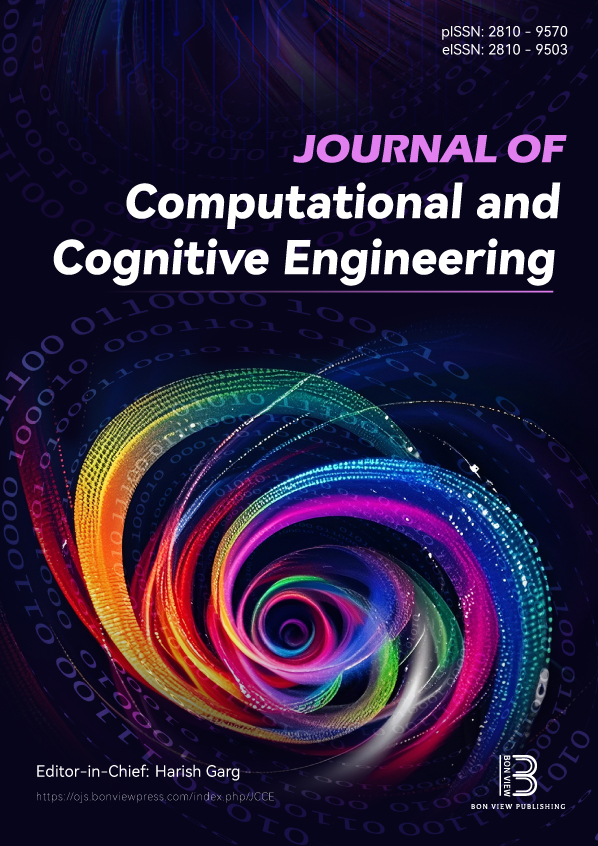Optimized Ensemble Machine-Learning-Driven Transparent Thyroid Cancer Prediction Using Explainable Artificial Intelligence
DOI:
https://doi.org/10.47852/bonviewJCCE52026503Keywords:
thyroid cancer prediction, Explainable Artificial Intelligence (XAI), ensemble learning, soft-voting, machine learning, computational intelligenceAbstract
Thyroid cancer disease diagnosis is a critical medical challenge, requiring accurate and reliable predictions to support clinical decision-making. Patients may suffer from an incomplete diagnosis while using traditional machine learning models. In this study, we present an optimized ensemble machine-learning framework for predicting thyroid cancer disease. The methodology integrates multiple classifiers, including support vector machine, random forest, Naïve Bayes, K-nearest neighbors, and decision tree. The final classification decision is determined with the help of soft voting by a total predictive support vector machine, which selects the classifier with the highest confidence score among the ensemble models. The ensemble strategy enhances predictive accuracy and robustness by combining the strengths of individual classifiers. The model was trained and evaluated, achieving an impressive accuracy of 0.9633 and an area under the receiver operating characteristic curve of 0.9914. The proposed method of this study is very accurate, but there is still a black box problem. To overcome this issue and to ensure interpretability, Explainable Artificial Intelligence techniques, including Shapley Additive Explanations and Local Interpretable Model-agnostic Explanations, are implemented, providing insights into feature contributions towards the performance of the proposed method and model decisions. The dataset contains a total of 30 features with 3,772 different cases consisting of two classes.
Received: 16 June 2025 | Revised: 14 August 2025 | Accepted: 24 August 2025
Conflicts of Interest
The authors declare that they have no conflicts of interest to this work.
Data Availability Statement
The data that support the findings of this study are openly available in Kaggle at https://www.kaggle.com/datasets/bidemiayinde/thyroid-sickness-determination. The data that support the findings of this study are openly available in Kaggle at https://www.kaggle.com/datasets/bhargavchirumamilla/thyroid-cancer-risk-dataset. The data that support the findings of this study are openly available in Kaggle at https://www.kaggle.com/datasets/sikandaraidev/thyroid-dataset.
Author Contribution Statement
Syed Younus Ali: Conceptualization, Software, Data curation, Writing – original draft, Writing – review & editing. Bilal Shoaib Khan: Conceptualization, Methodology, Resources, Writing – original draft, Writing – review & editing, Visualization, Supervision. Abdul Hanan Khan: Software, Validation. Muhammad Adnan Khan: Formal analysis, Investigation. Asghar Ali Shah: Validation, Investigation. Sagheer Abbas: Formal analysis, Project administration. Khan Muhammad Adnan: Methodology, Resources.
Metrics
Downloads
Published
Issue
Section
License
Copyright (c) 2025 Authors

This work is licensed under a Creative Commons Attribution 4.0 International License.






